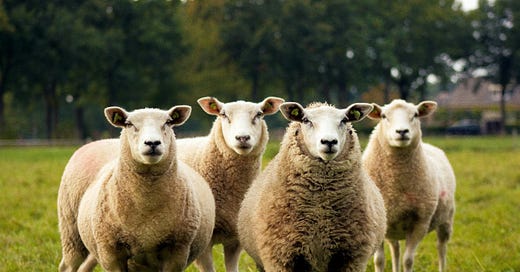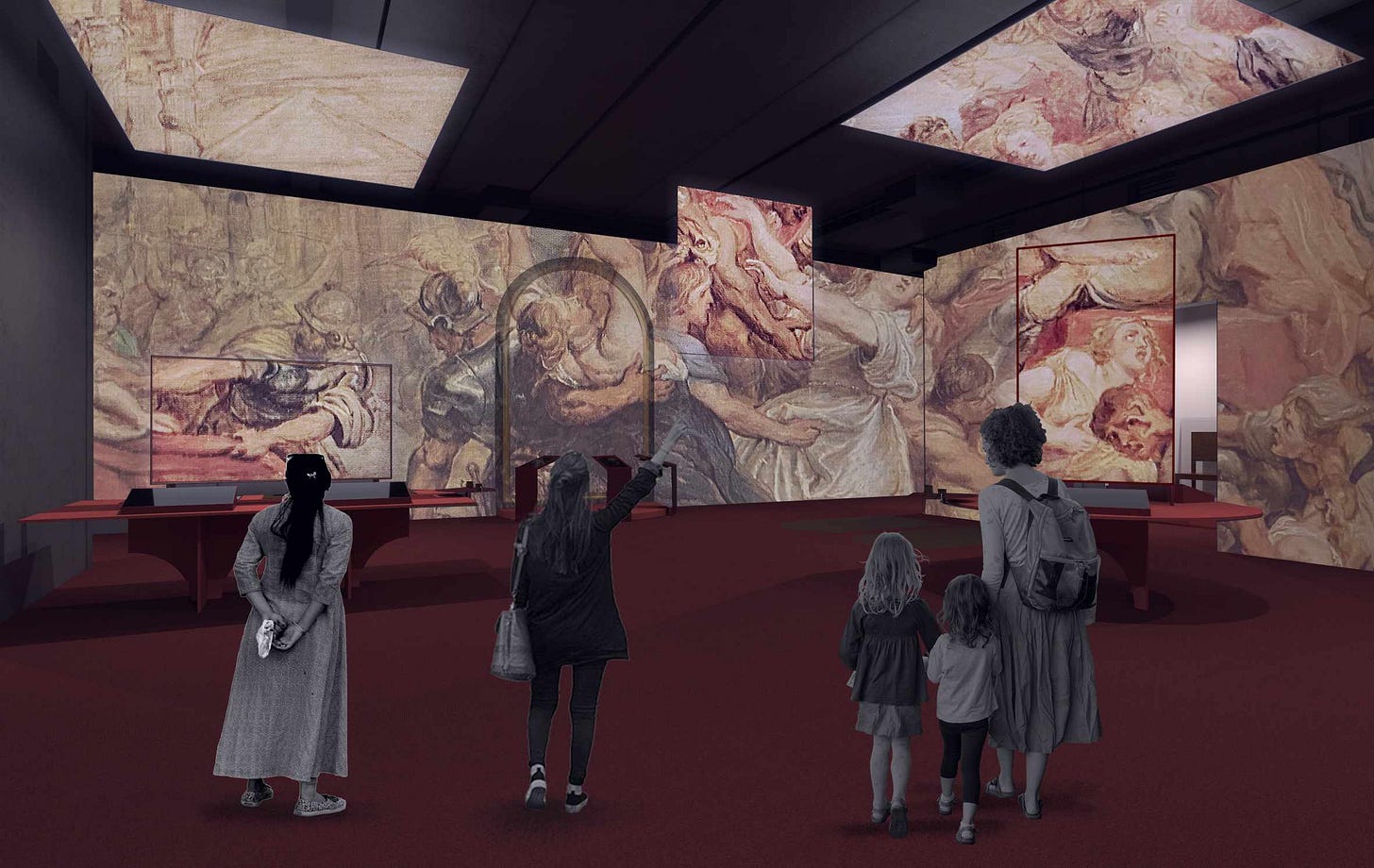The sheep that changed history
Archaeology ain’t all whips and fedoras.
The movies would have you believe archaeologists are daring adventurers who travel into remote jungles and harsh desert in search of priceless artefacts.
Tech nerds will tell you it is actually lasers that are behind today’s most exciting archaeological discoveries, like the lost cities recently uncovered everywhere from the Amazon to Tonga.
But for much of history, some of the most exciting finds were made thanks to sheep.
Think about. Empires rise and fall, tall cities are weathered down to a few stone fragments in a field, and nature takes over.
It isn’t until shepherds spot the remains of a column or a shard of pottery in the fields where their sheep are grazing that the vanished civilisation has a chance of being rediscovered.
Which makes you think that, at the very least, sheep should be regarded as honorary archaeologists.
If sheep can take some of the credit, schoolteachers also deserve some.
That’s what I learned when I recently visited Penjikent, the last stronghold of the Sogdians.
Never heard of Penjikent or the Sogdians? Neither had I.
The Sogdians were an ancient Persian civilisation that flourish between 900 BCE until the 8th century CE, a cosmopolitan culture that included Buddhists, Christians and Hindus alongside Zoroastrians.
Penjikent, nowadays in northern Tajikistan, was not one of their grandest cities but it was the last Sogdian town to fall to invading Arab-led armies in 742CE.
Burned to the ground in a flaming inferno, Penjikent was completely forgotten until a local farmer found an unusual bronze axe-head in perfect condition.
Being a practical man, he realised it was a great piece of kit – so he used it for the next couple of years.
And so it might have gone on, had his 12-year-old daughter not gone on a school excursion to a museum.
Displayed there were an array of Bronze Age axes.
“Oh, we have one of those at home,” she told her astonished teacher.
Word was sent up the food chain, the archaeologists eventually arrived, and thus another lost chapter of history was eventually recovered.
One more thing
Heading to Antwerp? There’s an all-new way to experience the city’s works of the city’s favourite painter, with the new Rubenshuis and gardens opening at the end of this month. The Rubens Experience is an immersive artistic experience while the all-new baroque gardens drew inspiration from archival documents, including the painter’s own letters. The artist’s residence is still closed for restoration.




